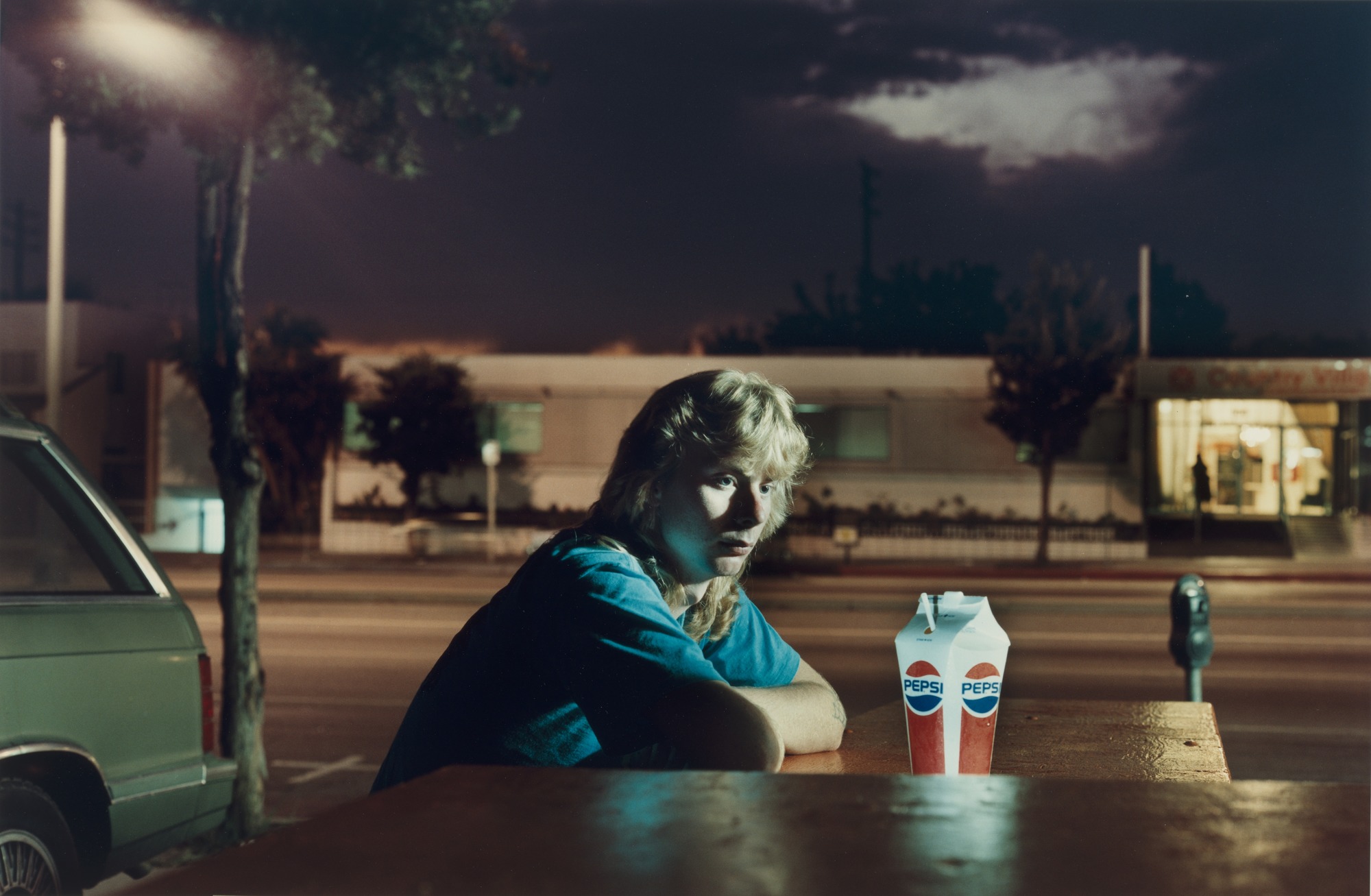“Tableau vivant” is a French phrase, literally meaning a “living picture.” They feature a single or several models/actors who have been staged and posed by the photographer. Often they recreate a famous historical or artistic scene, wearing costumes or holding props. This may be a famous painting, myth, story from the Bible or other religious book, scene from a film, or even a dream.


Tableaux can be used to represent a number of issues in modern society, such as gender roles, the meaning of masculinity, identity, sexism, poverty, political issues or environmental problems. If they do depict a recreation of a scene, there may be some vital changes made such as possible roles being gender-swapped, or more modern issues making an appearance, like pollution or the impacts of war and poverty.


In this way, it essentially combines theatre and photography together, as often the tableaux are shot with dramatic theatrical lighting to properly recreate the effect of the original painting. However tableaux vivants aren’t a modern invention, as it was a popular dinner-party game in the Victorian era to recreate famous Shakespeare scenes or well-known Greek myths in the style of a tableau vivant.
